
Dating back to the 12th century, this historic Catholic church is one of the oldest in Paris.
Nestled in the heart of one of Paris’s most iconic districts, Place du Tertre in Montmartre, the Paroisse Saint-Pierre de Montmartre stands as a testament to the city’s rich historical tapestry and spiritual heritage. This church, located on the highest point of the city, not only offers breathtaking views of Paris but also serves as a beacon of faith that dates back centuries.
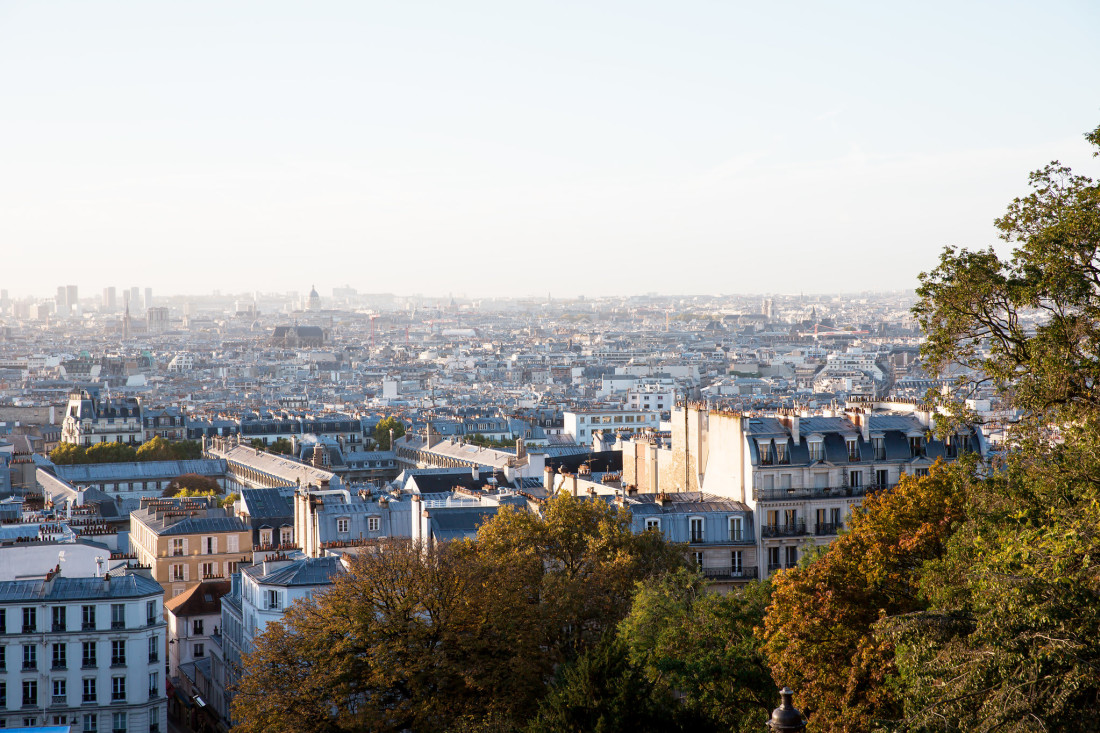
Historical Background The origins of the Paroisse Saint-Pierre de Montmartre can be traced back to the early days of Christianity in France. The site itself is believed to have hosted a church as early as the 3rd century, making it one of the oldest religious sites in the city. According to local legend, Saint Denis, the patron saint of France, was martyred on this very hill, which was then known as the "Mont des Martyrs." This rich history provides a profound sense of identity for the parish and its congregation.
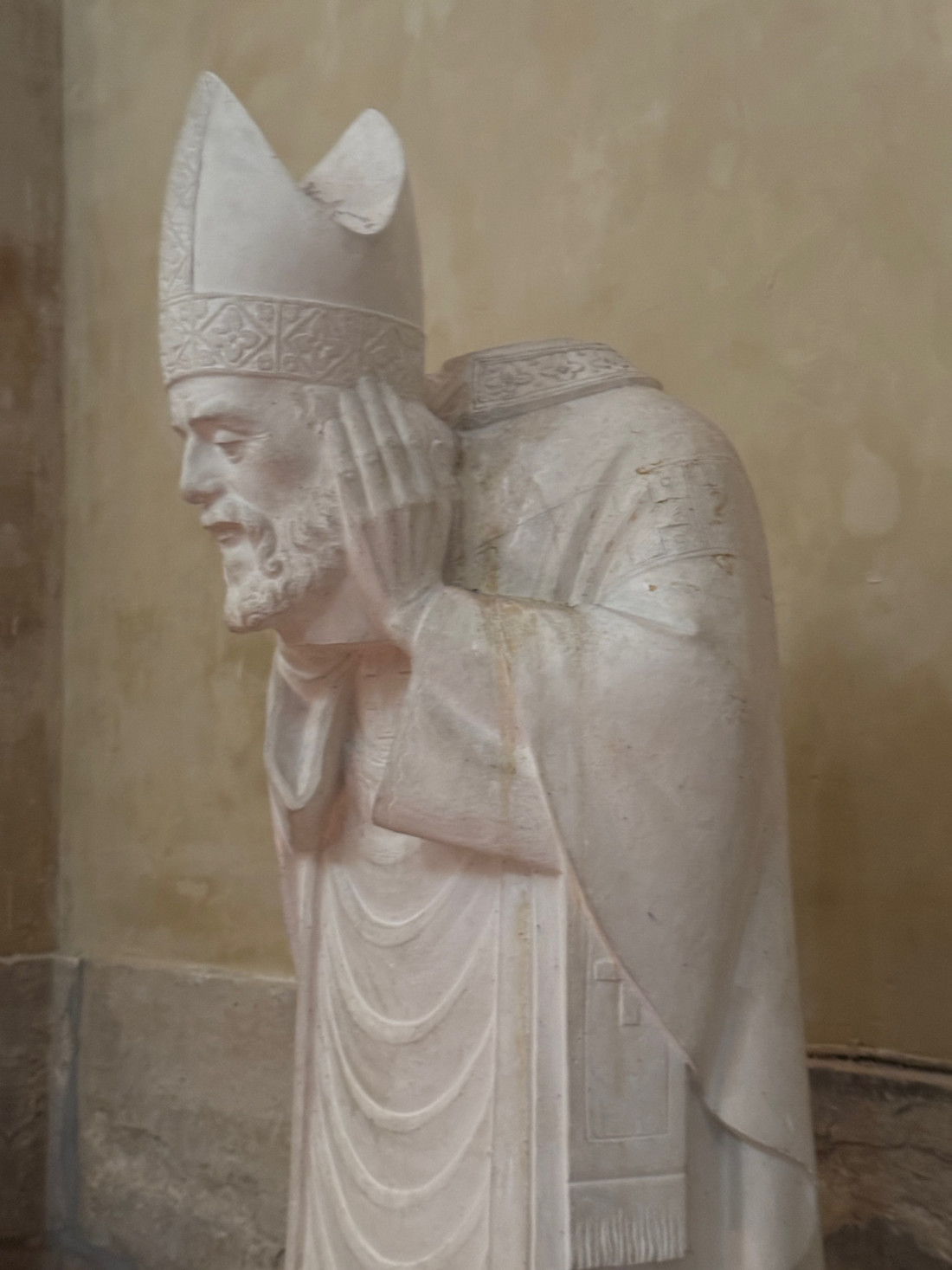 Saint Denis
Saint DenisA legend recorded in the 9th century recounts that Denis was beheaded on Montmartre and that his decapitated corpse carried his head to the area northeast of Paris where the Benedictine abbey of St. Denis was founded.
The first stone church structure was constructed around the year 1147, under the auspices of the Benedictine order. It was dedicated to Saint Peter, reflecting the church's commitment to maintaining a strong Christian presence in the ever-evolving landscape of Paris. Over the centuries, the church endured numerous renovations and expansions, particularly during the Gothic period, allowing it to evolve while retaining its original charm and character.
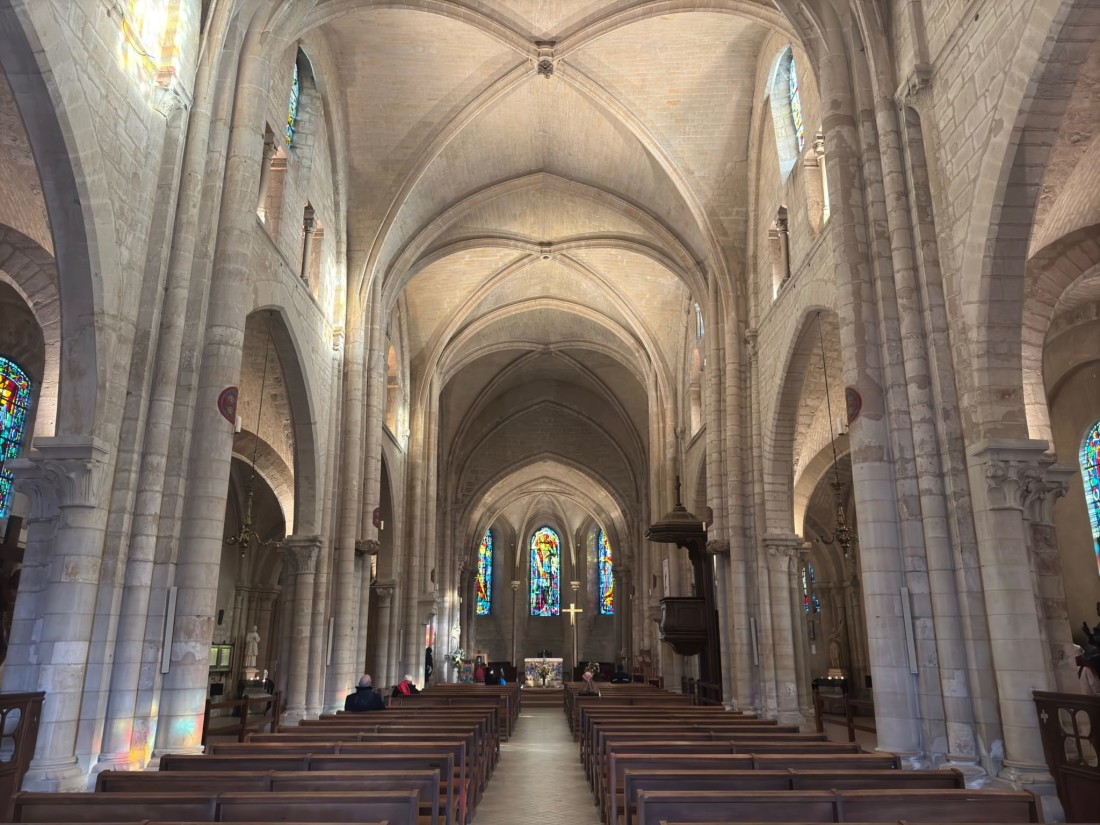
In the late 19th century, the church underwent considerable restoration led by prominent architects, including Paul Abadie, who aimed to preserve its historical integrity while accommodating the growing needs of the community. These changes solidified its place not just as a religious center but also as a cultural landmark in Montmartre, a neighborhood known for its artistic past and vibrant atmosphere.
Architectural Significance The architecture of Paroisse Saint-Pierre de Montmartre is a fascinating blend of various styles, reflecting the periods in which it was constructed and renovated. The church features an elegant Romanesque façade with striking Gothic elements, characterized by its ribbed vaults and pointed arches. The bell tower, a defining feature of the building, stands prominently above the surrounding structures, echoing the traditional bell towers found in many European churches.
Visitors are often drawn to the interior of the church, which boasts beautiful wooden ceilings, intricate stained-glass windows, and a series of chapels adorned with captivating murals. One of the most celebrated artworks within the church is the altarpiece of Saint Peter, which highlights the historical significance of the church's namesake. The atmosphere inside is serene and contemplative, inviting both worshippers and tourists to reflect on the spiritual legacy that this location embodies.
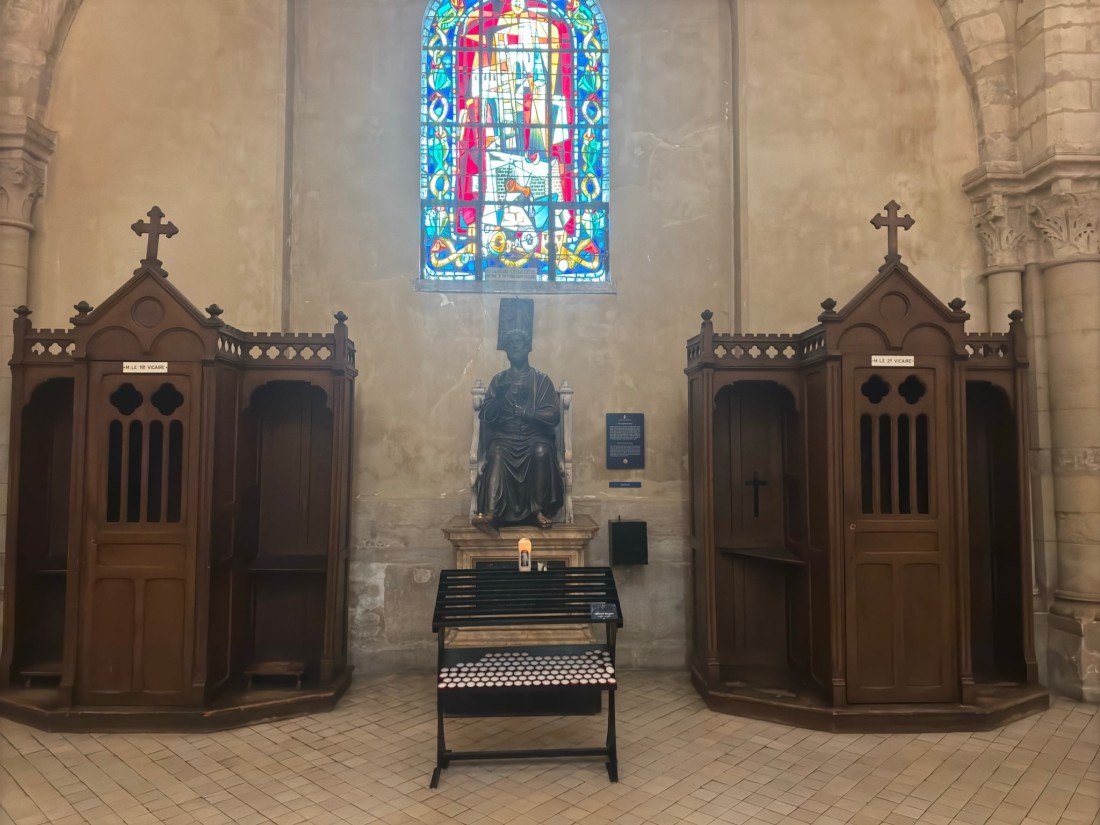
Cultural Impact and Community Role Beyond its architectural beauty and historical importance, the Paroisse Saint-Pierre de Montmartre plays a significant role in the community. It is not just a place of worship; it serves as a gathering space for residents and visitors alike, fostering a sense of belonging in an area characterized by constant change. The church organizes a variety of community events, including religious services, concerts, art exhibits, and educational programs that engage people of all ages.
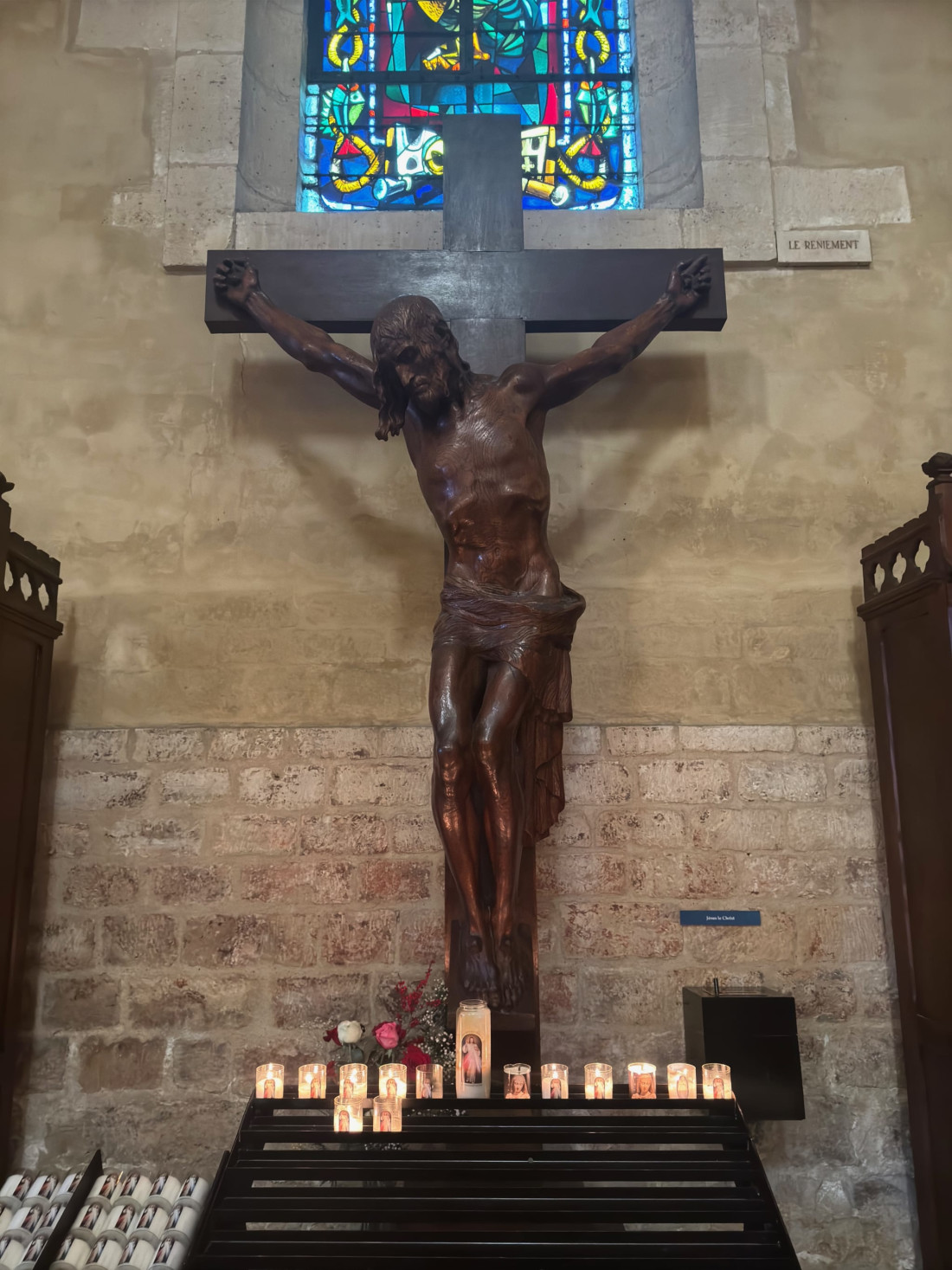
Throughout its history, the church has been a witness to some of the most transformative events in Parisian history, including the French Revolution and the two World Wars. During these turbulent times, the Paroisse Saint-Pierre de Montmartre remained a steadfast sanctuary, offering solace and support to those in need. This resilience has embedded the church deeply into the local consciousness, serving as both a physical and spiritual refuge for countless individuals over the ages.

Modern-Day Significance Today, Paroisse Saint-Pierre de Montmartre continues to thrive amidst the bustling streets of Montmartre. It attracts hundreds of visitors from around the globe who come to admire its beauty and learn about its storied past. The church also participates actively in ecumenical movements, promoting dialogue among different faiths and fostering a spirit of unity in diversity—an essential quality in our increasingly globalized world.
Furthermore, the parish engages with contemporary issues, addressing social justice and community service challenges, thereby fulfilling its mission of compassion and care. Its commitment to outreach ensures that the church remains relevant not just as a historical site but as a living, breathing entity that responds to the needs of the modern world.
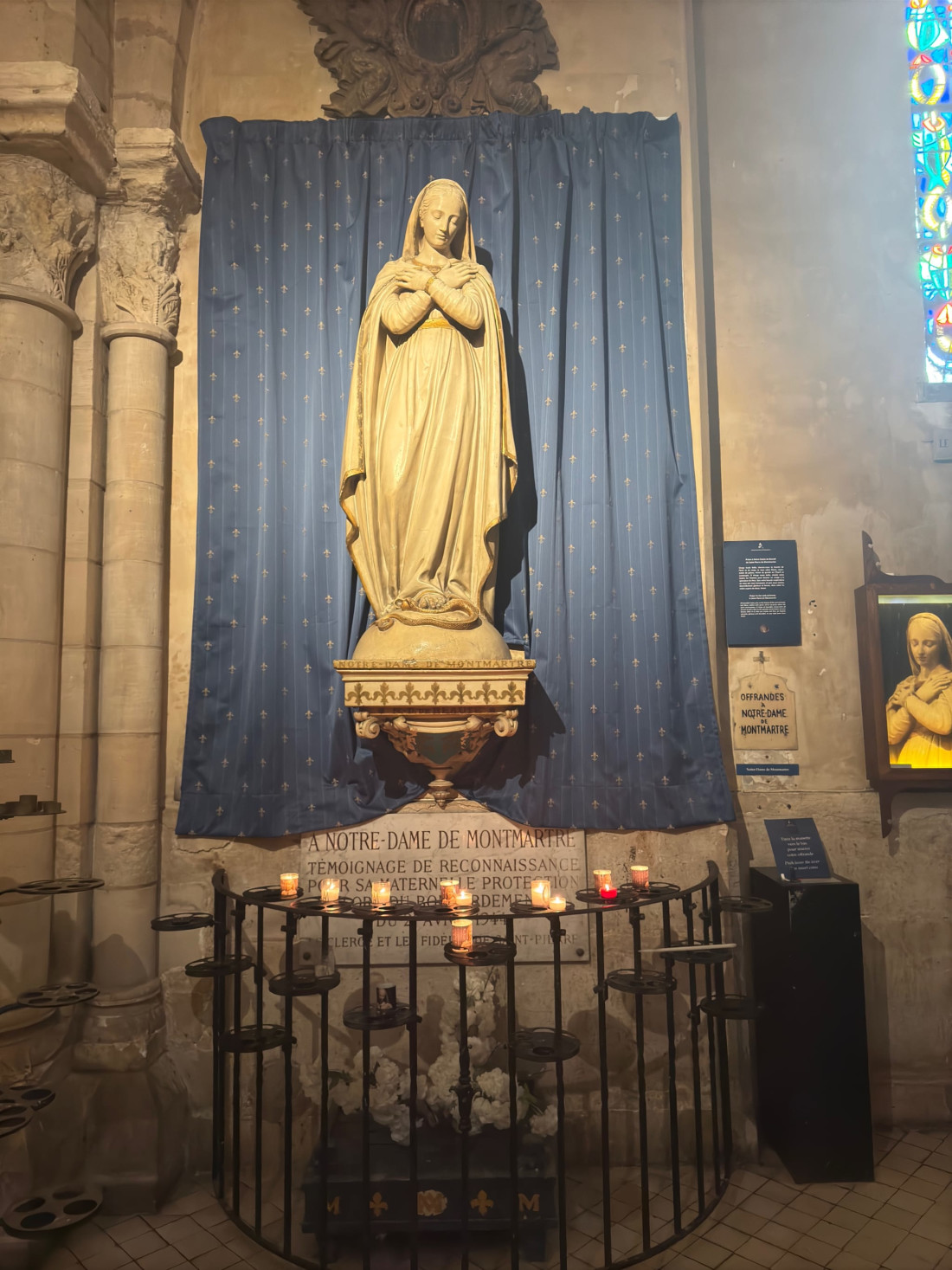
Conclusion In conclusion, the Paroisse Saint-Pierre de Montmartre is much more than a church; it is a symbol of faith, resilience, and community spirit that has stood the test of time. With its deep-rooted history, stunning architecture, and ongoing commitment to the community, it continues to inspire and uplift all who enter its doors. As Montmartre evolves, the Paroisse Saint-Pierre stands firm, a reminder of the enduring power of faith and the importance of community in our lives. Whether one comes to pray, reflect, or simply appreciate its beauty, the church remains a cherished cornerstone of Parisian life.
https://www.saintpierredemontmartre.net/

Book your stay with Montmartre Apartments today, and get ready for a remarkable journey in one of the most beautiful corners of Paris! We can't wait to host you! https://www.montmartreapartments.com/rooms
